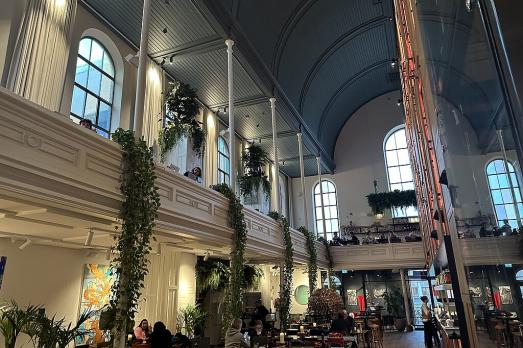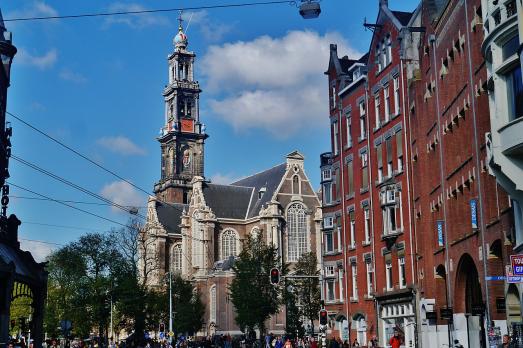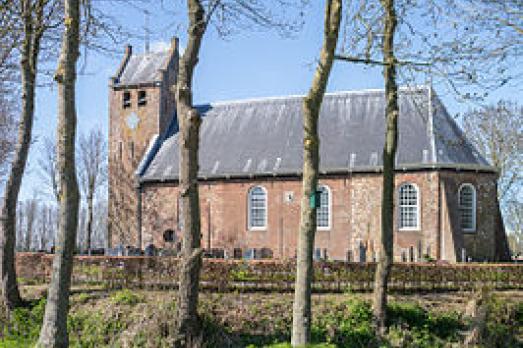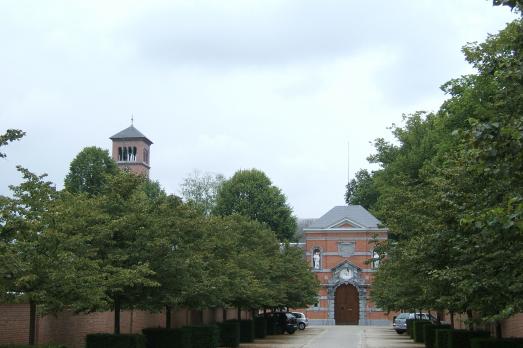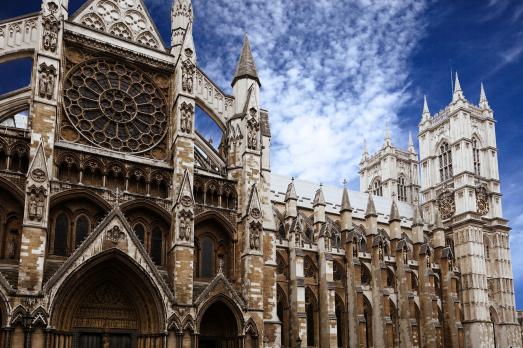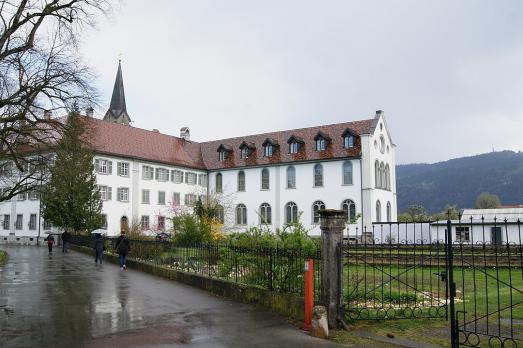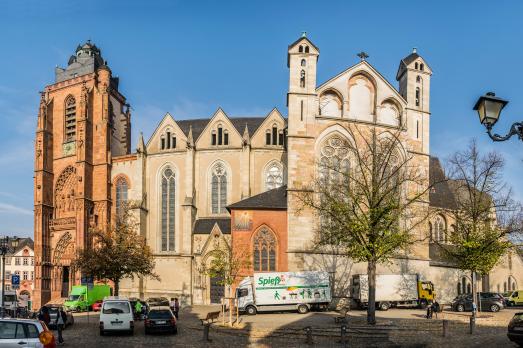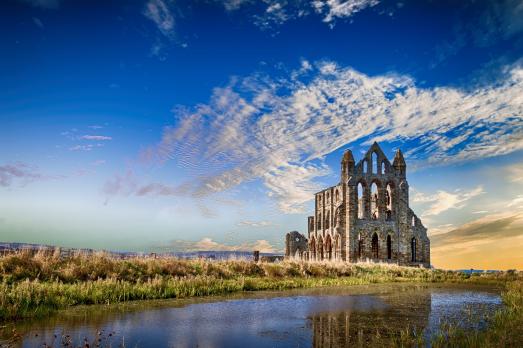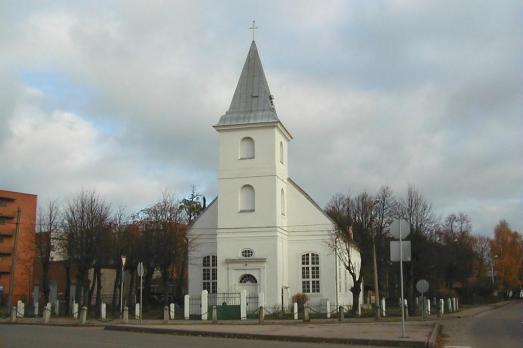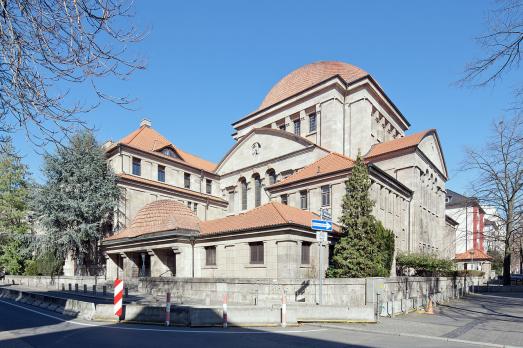
Westend Synagogue
Frankfurt am Main, DE
The Westend Synagogue was built from 1908 to 1910 in the Art Nouveau style. It was the only one of the four former large synagogues to survive the November 1938 pogroms and World War II bombings. In 1950, the synagogue was reopened after a temporary renovation and then faithfully restored from 1989 to 1994.
